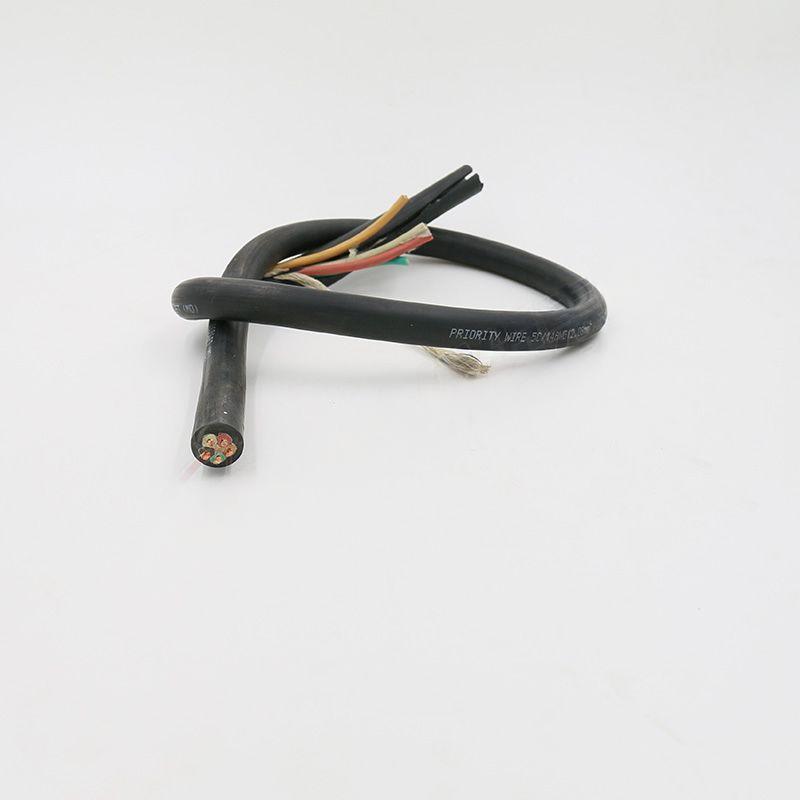Nov . 27, 2024 18:38 Back to list
Understanding Non-Return Swing Check Valve Mechanisms and Applications in Fluid Systems
Understanding Non-Return Swing Check Valves
In various industrial and civil applications, the importance of controlling fluid flow cannot be overstated. One of the critical components used in plumbing and piping systems to prevent backflow is the non-return swing check valve. This valve plays a crucial role in ensuring that fluids move only in the desired direction, thereby protecting equipment and maintaining system integrity.
What is a Non-Return Swing Check Valve?
A non-return swing check valve, often simply referred to as a swing check valve, is a type of valve that automatically prevents the backward flow of fluids. It is designed with a hinged disc or flap that swings open during forward flow and closes when the flow reverses, thereby preventing backflow. This mechanism is why it is classified as a non-return valve.
Working Principle
The operation of a swing check valve is quite straightforward. When fluid flows in the intended direction, the pressure forces the disc open, allowing the fluid to pass through. Once the flow stops or attempts to reverse, gravity and the back pressure from the fluid cause the disc to swing back and seal against the valve seat. This design effectively blocks any backflow, thus safeguarding the system from potential damage or contamination.
Key Features
Swing check valves come with several advantageous features 1. Simple Design With fewer moving parts compared to other valve types, swing check valves are relatively simple in design, which often leads to increased reliability and reduced maintenance. 2. Low Pressure Drop Due to their design, they typically exhibit a low pressure drop across the valve when open, making them energy efficient for fluid transport.
non return swing check valve

3. Versatility Swing check valves can handle various types of fluids, including liquids, gases, and slurries. This versatility makes them suitable for multiple applications, from water treatment plants to chemical processing facilities.
4. Durability Made from materials such as stainless steel, brass, or PVC, swing check valves offer excellent resistance to corrosion, thereby ensuring long service life even in harsh environments.
Applications
Non-return swing check valves find applications in a wide range of industries - Water Treatment and Supply They are commonly used in domestic and industrial water systems to prevent backflow, ensuring clean water supply. - Petrochemical and Chemical Industries These valves are used to prevent backflow in pipelines transporting various chemicals, protecting equipment and maintaining system safety. - HVAC Systems In heating, ventilation, and air conditioning systems, they help control fluid flow and prevent reverse flow, which could damage pumps and other components. - Wastewater Treatment Swing check valves play a key role in controlling the movement of wastewater, ensuring that it flows in the correct direction during treatment processes.
Installation Considerations
When installing non-return swing check valves, several factors need attention - Orientation These valves should generally be installed in a horizontal position to function effectively. However, some designs can be installed vertically, depending on system requirements. - Flow Direction The valve must be installed in the correct orientation to ensure that it opens and closes properly in response to the flow direction. - Size and Specs Selecting the appropriate size and pressure rating for the specific application is crucial to ensure optimal performance.
Conclusion
The non-return swing check valve is an essential component in fluid systems, offering a reliable means of preventing backflow and ensuring smooth operation. Its simple yet effective design, coupled with a wide range of materials and applications, makes it a popular choice across various industries. Understanding its functionality and proper installation techniques can help professionals harness its benefits effectively, contributing to the overall efficiency and safety of fluid transport systems.
Share
-
Reliable Wafer Type Butterfly Valves for Every IndustryNewsJul.25,2025
-
Reliable Flow Control Begins with the Right Ball Check ValveNewsJul.25,2025
-
Precision Flow Control Starts with Quality ValvesNewsJul.25,2025
-
Industrial Flow Control ReliabilityNewsJul.25,2025
-
Engineered for Efficiency Gate Valves That Power Industrial PerformanceNewsJul.25,2025
-
Empowering Infrastructure Through Quality ManufacturingNewsJul.25,2025